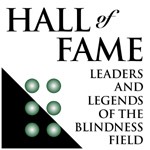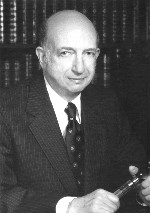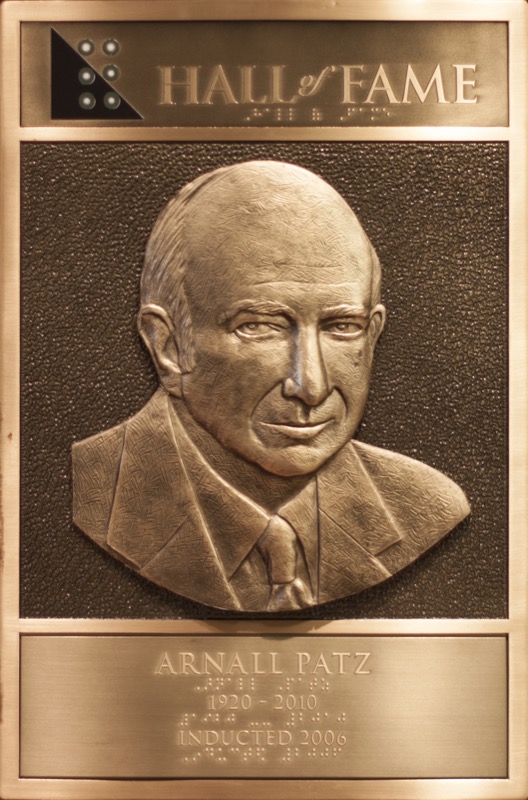Arnall Patz, MD
Inducted 2006
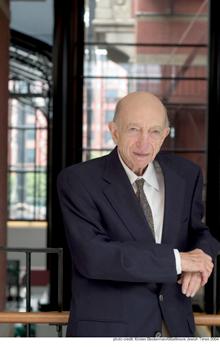
Dr. Arnall Patz (1920-2010) was born in rural Georgia. After completing his undergraduate degree at Emory University, he graduated from Emory School of Medicine in Atlanta in 1945. He and his wife, Ellen, had five children and eight grandchildren.
After World War II he served at the Walter Reed Army Medical Center and trained at D.C. General Hospital. It was there, beginning in 1950 that Dr. Patz noticed an association between incubators and retinopathy of prematurity (known then as retrolental fibroplasia), a leading cause of infant blindness. In one of the first clinical trials in all of medicine he followed premature babies who were routinely given high concentrations of oxygen and others who were given lower doses. Rebuffed by a funding agency, which thought the proposal unscientific and possibly dangerous, he conducted the clinical trial without federal funding. For this discovery and the subsequent saving of vision in thousands of premature infants he was given the Albert Lasker Medical Research Award, one of the most prestigious honors in American medicine. Helen Keller presented him with the award in 1956.
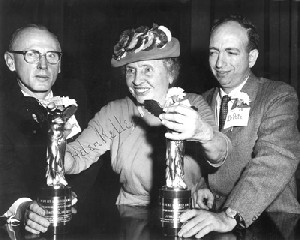
In 1970 he joined the full time faculty as Johns Hopkins and founded the Retinal Vascular Center, which pioneered in the management and treatment of diabetic retinopathy. During this time he made important discoveries about diseases caused by abnormal growth of blood vessels in the eye and helped to develop one of the first argon lasers for treating diabetic retinopathy and age-related macular degeneration. In 1979 he became the Director of the Wilmer Eye Institute and as Director he enlarged the clinical and research facilities and programs in his typical visionary fashion. His colleagues at Hopkins praise him for serving as mentor for more than five decades to scores of today’s leading eye specialists.
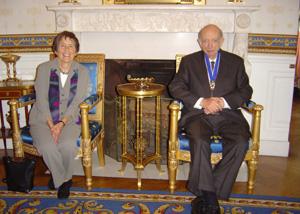
He has been referred to by one of his colleagues as "one of the greatest ophthalmologists of the 20th century." He holds honorary degrees from the University of Pennsylvania, Emory University, Thomas Jefferson University and Johns Hopkins University.
A past president of the American Academy of Ophthalmology, Dr. Patz was the author of more than 250 scientific publications and four textbooks. He has received many distinguished awards including the Friedenwald Research Award in 1980, the inaugural Isaac C. Michaelson Medal in 1986, the first Helen Keller prize for Vision Research in 1994, the Pisart International Vision Award from the Lighthouse International in 2001, and the Presidential Medal of Freedom, the nation’s highest civilian honor, in 2004. In 2005 he received the Lions Humanitarian Award, the Lester S. Levy Humanitarian Award, and the Laureate Recognition Award from The American Academy of Ophthalmology.
Photos: 1956, Helen Keller presents the prestigious Albert Lasker Medical Research Award to Drs. Arnall Patz (right) and Everett Kinsey. Kinsey is the biochemist who organized a larger study that confirmed Patz’s RLF oxygen findings; Dr. Arnall Patz; Arnall and Ellen Patz seated in front of a fireplace at the White House
